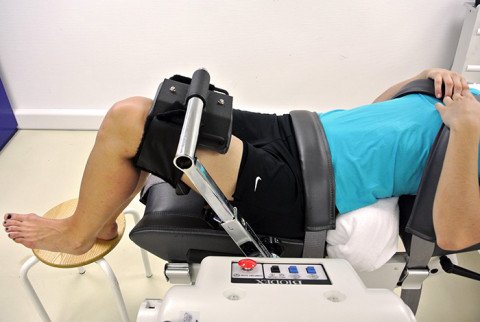News Do hip disorders have a different impact on the muscular system in men and women?
Joint diseases often affect the surrounding muscles and hip disorders such as osteoarthritis of the hip and femoroacetabular impingement syndrome are no exception. Osteoarthritis of the hip tends to affect older patients, while femoroacetabular impingement syndrome is more prevalent amongst younger people. Yet is there difference in the way these diseases impact on the muscular systems of men and women? This is the question that the research team from our Human Performance Lab and Hip Surgery department have been investigating. The team has published two studies on the subject, which also involved students from ETH Zurich and radiologists from Balgrist University Hospital.
Sure enough, it seems that hip diseases do affect the hip muscles in men and women differently. For instance, the weaknesses in the hip flexor muscles in young women with femoroacetabular impingement syndrome appeared more pronounced than in young men, who showed barely any weakness at all. However, older men with osteoarthritis of the hip developed significantly more noticeable weaknesses in their hip flexor muscles than older women. There are different factors at play behind these muscular deficiencies: in women, for example, the intensity of the pain is particularly crucial in determining the extent to which they can build up muscle strength, whereas in men this is primarily influenced by the anatomical changes at the hip itself.
More targeted physiotherapy
These findings are now being applied directly to treatment for hip patients. Physiotherapy with strengthening exercises plays an important role in both non-surgical treatment and rehabilitation following surgery. The recent studies paint a clearer picture of the adverse impact on the hip muscles and, in particular, the factors behind this. This helps the physiotherapists to specifically adapt and improve the treatment they provide to male and female hip patients.
The tests involved in the studies were carried out in our Human Performance Lab, including measuring muscle strength in hip patients using a dynamometer (a device that measures force). The patients’ hip anatomy was also evaluated based on X-ray and MRI images and their pain levels were assessed by means of a questionnaire.

